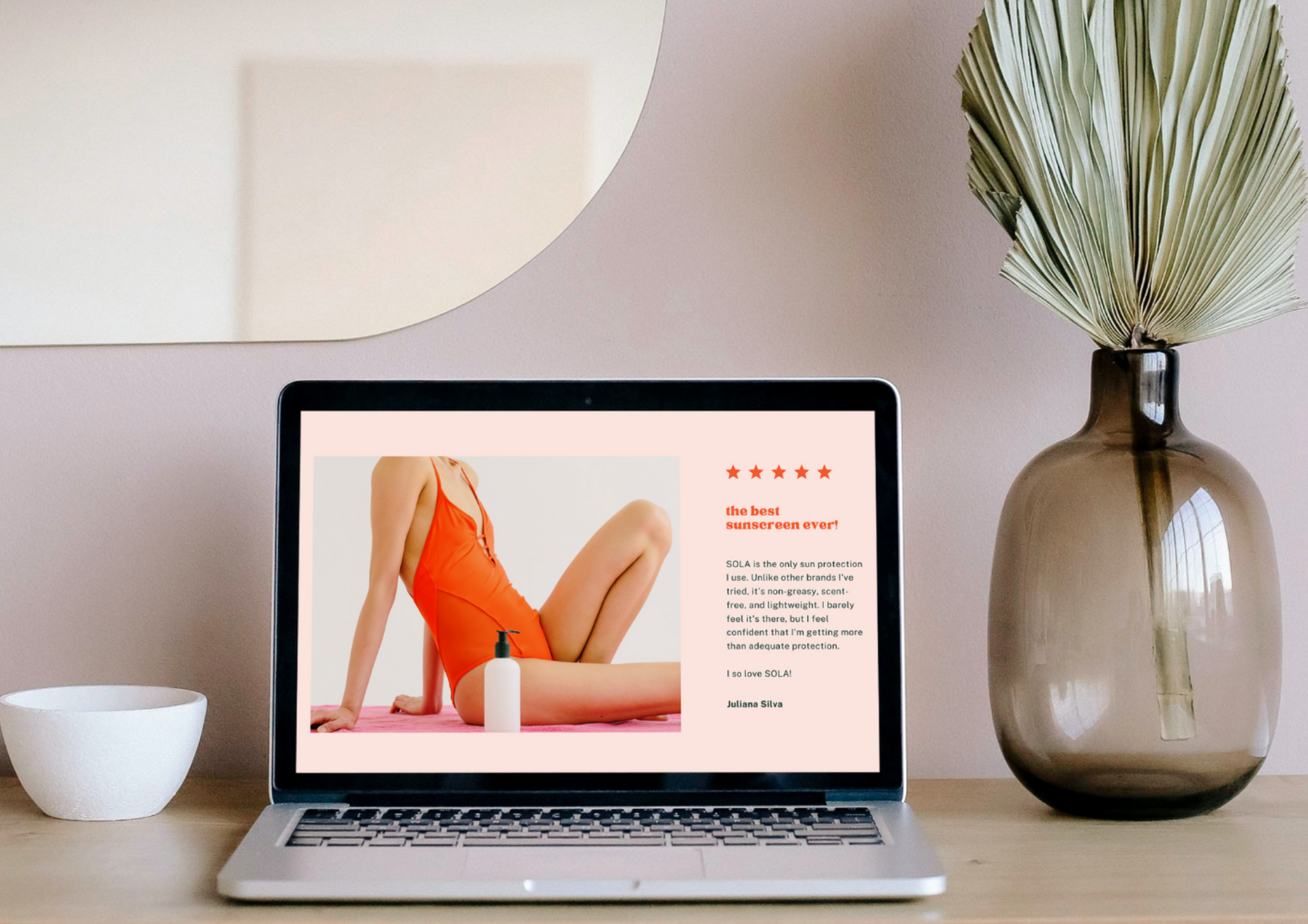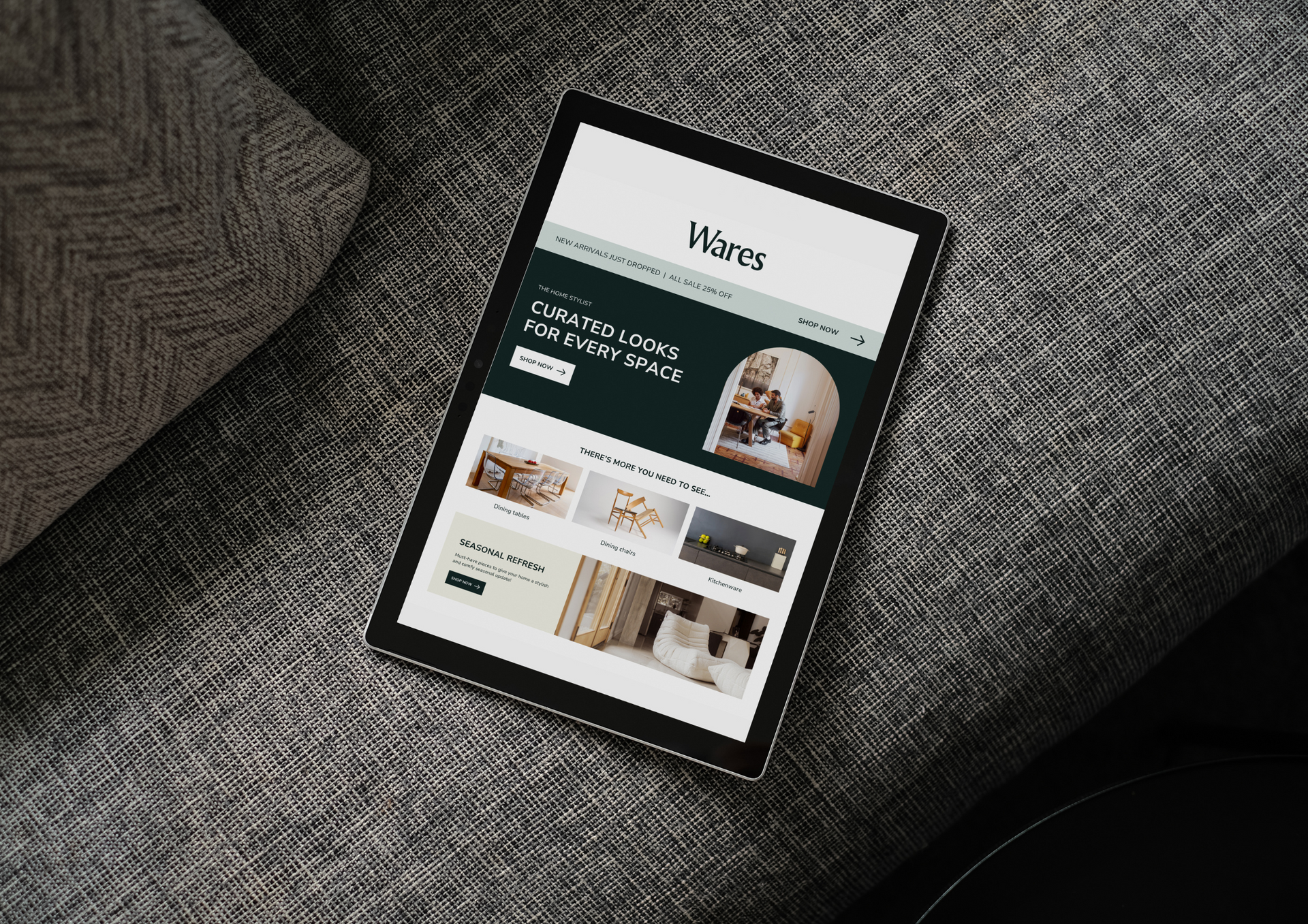Web Design Sheffield
Key Principles Every Business Should Know in Web Page Design
In the digital world, your website is often your first impression. For homeware brands, health and wellness businesses, and retail companies, a great site can make all the difference between engaging a customer and losing one. The art of effective Web Page Design goes far beyond attractive visuals — it’s about creating an experience that communicates your brand, builds trust, and drives results.
Below, we explore five core principles that underpin every high-performing website, guiding businesses and entrepreneurs.
Understanding User-Centred Design
Every successful website starts with one simple truth: the user comes first. User-centred design focuses on understanding what visitors want and structuring your site to meet those expectations. When people land on your homepage, they should immediately find what they need without unnecessary clicks or confusion.
Clear navigation, responsive layouts, and readable typography are essential. Your design should accommodate users on any device — from smartphones to large desktop screens. In sectors like wellness or retail, simplicity and accessibility convey credibility. By anticipating customer behaviour, you create smoother journeys that encourage repeat visits.
When choosing the best website builders for your business, prioritise those that offer intuitive tools and built-in responsiveness. Whether you’re managing a small online store or showcasing an extensive homeware collection, user-first design ensures visitors enjoy a seamless experience that reflects your professionalism.
Visual Hierarchy and Clean Aesthetics
Design isn’t just decoration; it’s communication. The visual hierarchy determines how users absorb information. Through consistent font sizes, spacing, and colour contrast, you can lead the eye naturally from one section to another.
Minimalism is a hallmark of modern design. White space, balanced proportions, and subtle textures make your brand look refined and trustworthy. Each page should have a clear purpose, whether it’s to educate, inspire, or convert.
Businesses often work with a professional
website design company to establish cohesive branding that translates beautifully across all pages. The right team will harmonise imagery, layout, and colour palette to create an interface that looks elegant yet performs efficiently. This attention to aesthetic hierarchy strengthens user trust and ensures your message shines without distraction.
Content That Engages and Converts
Creating compelling content is the heart of a successful website. No matter how visually appealing your site may be, it’s the words that capture attention, build trust, and inspire action. Here’s how to craft content that truly connects with your audience:
- Match your tone to your brand:
- Calm and reassuring for health and wellness professionals
- Stylish and aspirational for homeware brands
- Bold and energetic for retail businesses
- Keep it clear and concise:
- Use short paragraphs and sub-headings for easy reading
- Include bullet points to highlight key messages
- Make call-to-actions (CTAs) visible but not overwhelming
- Focus on storytelling:
- Use authentic narratives to express your brand’s personality
- Pair text with professional photography for emotional impact
- Encourage meaningful action:
- Every headline, caption, and button should guide users to take the next step — whether that’s making a purchase or contacting your team
When you design a website, remember that strong copy and visuals work together. This balance transforms casual visitors into loyal customers who connect with your brand on a deeper level.
Technical Performance and Optimisation
A fast, reliable website is essential for keeping visitors engaged and ranking well in search results. Poor performance can drive users away within seconds, while a technically strong site builds trust and improves conversions. Here’s how to ensure your website performs at its best:
- Prioritise speed and stability:
- Slow loading times frustrate users and harm your SEO performance.
- Aim for pages that load within two seconds across all devices.
- Optimise your assets:
- Compress and resize images to reduce file sizes.
- Streamline code to remove unnecessary scripts or plugins.
- Choose reliable hosting for consistent uptime and fast delivery.
- Maintain regularly:
- Test your site frequently to catch broken links or outdated elements.
- Update software, plugins, and security features to maintain smooth performance.
- Focus on mobile optimisation:
- Mobile-friendly layouts are crucial, as Google prioritises responsive sites.
- Ensure buttons, images, and text scale correctly on smaller screens.
- Work with experienced professionals:
- Skilled
website creators understand caching, frameworks, and performance tuning.
- They ensure your site loads quickly without compromising design quality.
A well-optimised site doesn’t just perform better — it also inspires confidence. Visitors are far more likely to explore, engage, and return when their online experience is smooth and reliable.
Conversion-Driven and Scalable Design
A beautiful website means little if it doesn’t generate results. Conversion-driven design focuses on turning visitors into loyal customers. Every visual cue, button, and section should motivate users to take the next step — sign up, purchase, or enquire.
Strategic placement of call-to-actions, persuasive copy, and social proof (like testimonials or trust badges) helps reduce hesitation. For homeware and retail brands, showing lifestyle imagery can encourage purchases. For wellness businesses, clear appointment booking options enhance convenience and trust.
Scalability is another key factor. As your business grows, your website must adapt — adding new services, expanding product ranges, or integrating e-commerce functions. A solid design foundation allows you to evolve without rebuilding from scratch, ensuring longevity and consistent performance.
Modern Web Page Design thrives on data. Analytics tools track user journeys, helping you make evidence-based improvements that align design decisions with measurable outcomes. A site that converts efficiently becomes a sustainable asset for long-term growth.
Integrating SEO and Accessibility
Good design isn’t just about looks; it’s about being found and being usable by everyone. Search engine optimization begins with thoughtful structure. Meta descriptions, clean URLs, and descriptive headings help search engines understand your pages, improving visibility.
Accessibility should never be an afterthought. Adding alt text to images, using clear contrast ratios, and ensuring keyboard navigation ensures inclusivity for all users. These small details reflect care and professionalism, qualities that enhance your reputation and broaden your audience.
An accessible, SEO-friendly website not only ranks better but also demonstrates respect for every visitor — something modern consumers value deeply.
Maintaining Consistency and Brand Identity
Consistency across every page reinforces trust. Colours, typography, and tone of voice should remain uniform throughout your site. A visitor moving from your homepage to your product page should feel continuity — a seamless extension of your brand identity.
This harmony strengthens recognition and reinforces credibility. Whether your goal is to promote artisan homeware or innovative wellness products, your design should reflect who you are and what you stand for. Professional design brings together creativity and psychology to evoke the right emotions from your target audience.
Ultimately, a consistent visual and tonal identity turns casual visitors into familiar customers who remember your brand long after they leave your site.
Leveraging Analytics and Ongoing Improvements
Digital design is an ongoing process. Once your website is live, it’s important to track its performance. Analytics tools reveal which pages attract the most visitors, how users interact with your content, and where they drop off.
By studying this data, you can refine your design continuously — improving navigation, adjusting layouts, or testing new calls-to-action. The most effective designs evolve alongside user behaviour and technological trends.
Businesses that commit to constant optimisation enjoy higher engagement, stronger SEO rankings, and better conversion rates. In short, maintaining your website is as crucial as building it.
Effective
Web Page Design blends creativity, technology, and strategy. It’s about crafting digital spaces that engage audiences, communicate your message clearly, and drive measurable success. For brands in homeware, wellness, and retail, a well-designed website is not just a marketing tool — it’s a cornerstone of business growth.
By focusing on user experience, clean aesthetics, compelling content, and ongoing performance optimization, you can create a site that inspires confidence and delivers results for years to come.
At
Web Design Sheffield, we create bespoke websites that combine beauty with performance. Our team understands that every business has a unique story, so we tailor each project to your goals, audience, and industry.
We design responsive, SEO-ready, and conversion-focused sites that look exceptional and function seamlessly across all devices. Whether you’re launching a start-up or upgrading an established brand, we focus on delivering measurable outcomes — increased visibility, engagement, and growth.
Just out on X:
Web page design tips – what every business should know!




